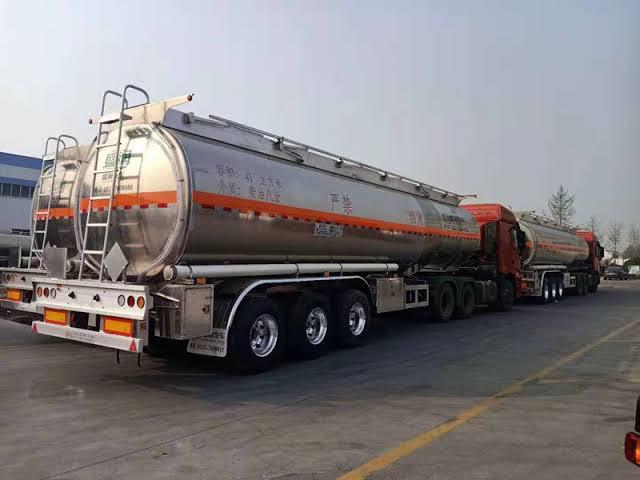-
Services
Logistics Service Investment
At the height of the pandemic, the vulnerability of logistics and supply chains was keenly felt across the world. Traditionally, logistics was considered by many to be an allegedly commoditized function—companies were often unwilling to invest in their own logistics assets, rather outsourcing the function and trying to minimize the share of transportation and warehousing costs in their income statements.
Our approach to
Sustainable InvestingThis shift in awareness resulted in an inflow of capital to the sector at an unprecedented level in 2021. However, the number of funding rounds for logistics startups remained relatively stable—growing only slightly compared to 2020—suggesting that funding rounds are becoming larger on average, according to our analysis.
Fundamental &
Market ResearchOur investing team seeks unexplored hypotheses and differentiated investment ideas. To find them, they ask incisive questions, collaborating with industry experts, data scientists and corporate management teams.
Idea
GenerationHere, the best idea always wins. To invest with conviction, our team puts their ideas to the test through modeling, backtesting and debate.
Execution
When it’s time to execute on ideas, our traders use their understanding of financial markets and cutting-edge technology to execute efficiently and cost-effectively.
Portfolio
ConstructionLeveraging sophisticated tools, our investment professionals manage capital with discipline. Their goal: act efficiently on our investment ideas across market cycles and unexpected events.
Risk
ManagementOur team collaborates closely with Portfolio Construction and Risk Group professionals who are experts in their sector. Their goal is to construct each portfolio to optimize risk and reward, given the investment strategy. Our risk management approach empowers the best investors to win with integrity.

Logistics: Growing investments
Despite the economic disruption caused by COVID-19, the logistics industry has proved especially resilient as a result of two major structural trends, namely urbanisation and digitisation of the economy. According to a study by PwC, Urban areas are likely to receive the majority of future investments, as investors “follow the money” and focus on faster growing cities and megacities. Governments may need to offer incentives to ensure that rural areas remain connected when it comes to transportation routes. Urbanisation and digitalisation will impact logistics service providers looking to make strategic decisions about entering new markets. One of which will be to ensure that both public and private investors give their support and comply with the financial aspects of expanding delivery regions.
- Investments in the transport sector creates opportunities for growth, generates jobs, facilitates trade and realises economies of scale Investing in logistical services can have a positive economic spillover effect. For example, transportation can produce more employment opportunities per dollar value than that of investing in new road construction.
- With transportation at the heart of most economies, strategic investments in the logistics sector have proven to hold undoubted opportunities for revenue growth.
- With global economic integration, a multitude of countries – across continents – are expanding their trade horizons. For the logistics industry, and its investors, this means turning greater profits. However, developing and expanding trade routes will require transport infrastructure capacity to meet freight logistics reliability, effectiveness and resilience for investments to yield optimal returns and profitability.
Hear from Our
Investing TeamWhat amazes me about Figures FX is its scientific approach to everything from data analysis, portfolio construction and even talent development. As an investor, I consistently test and enhance my investment process and reduce behavioral biases based on hard data and abundant support from our data & risk teams.
DavidInvestment ProfessionalThe Figures FX toolkit, from data crunching tools to the proprietary risk model, optimizes the time spent understanding businesses. However, Figures FX is a lot more than that. It’s about a sense of belonging to and contributing in a community of hungry, thoughtful and highly intellectual individuals.
KeisiInvestment Professional/
Integration
Investors in the logistics industry have become more aware of the challenges, and the corresponding opportunities for growth, and are investing in new ventures with larger funding rounds. As Europe cautiously emerges from the pandemic and outlines its roadmap to economic recovery, the transportation and logistics industry looks set to contribute significantly to that process. We’ve seen the transportation industry face many challenges, regarding restrictions surrounding the movement of goods – especially considering imports and exports or, in some cases, regional transfers of items. However, new innovative thinking is optimising the transportation and logistics industry to adapt alongside recent trends and the latest investments in transport infrastructure.


